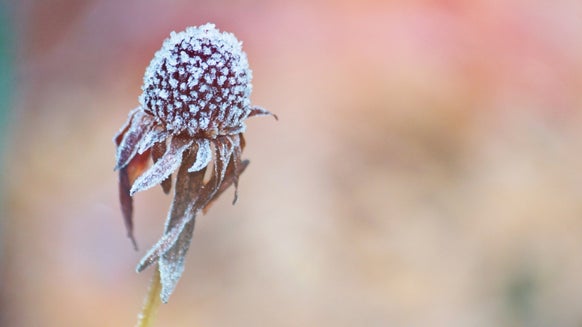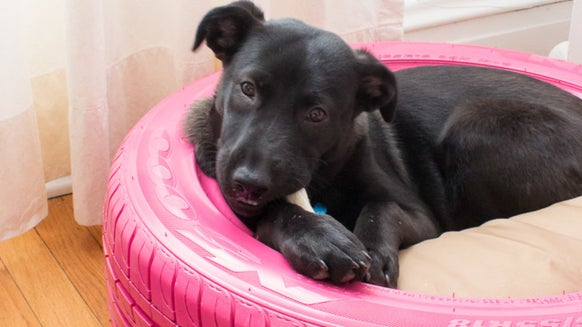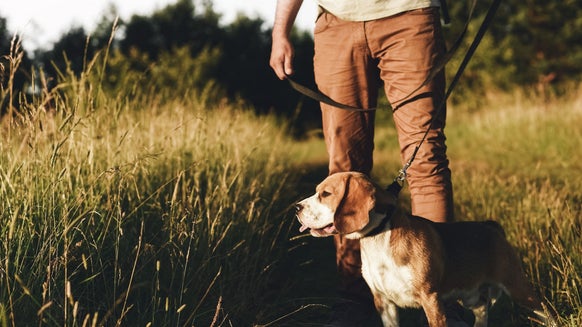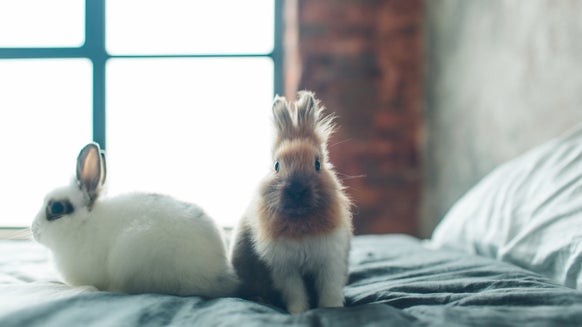Obesity in Horses and Ponies

Obesity in horses and ponies is a growing welfare problem and many are being allowed to become overweight to the point where they are susceptible to painful medical problems such as laminitis. Ponies in particular have evolved to survive on a fibre-based diet on rough plains and usually do not need the volume of feed we offer.
No two horses are exactly alike in shape, size and type. Their breeding, history and recent general management all influence their body condition, no matter how easily or not they tend to gain weight. The perfect weight is best gauged by considering the horse’s overall fitness and body condition. All horses and ponies should be managed with a combination of the appropriate type and quantity of feed, good general health management and regular, suitable exercise (even if they are not in ridden work). This is particularly important for those horses and ponies that are “good doers”, that is those that put on weight rapidly regardless of how meagre the grazing or feed ration appears to be.

It is a good idea to use a weigh-tape weekly (measured around the horse’s girth, where a roller or surcingle would normally fit). Record the weight so that the diet can be adjusted accordingly. While weigh-tapes are not always accurate at assessing the exact weight, and may differ between brands, if the same tape is used each time then any weight loss or gain will be comparable with previous records. After all, it is the changes in weight gain and weight loss that are important, combined with the horse’s physical health, well-being and body condition.
It is essential a horse’s physical body condition be monitored weekly. Check the animal’s crest and, if it is large and hard, there is a problem and the diet needs to be looked at immediately. Also, take the horse off the grass until it softens. Check the loins as they should be no more than level across the spine. If looked at from behind, the horse should be rounded but should not have a dip or “W” shape across the pelvis; the ribs should be easily felt.
A condition score can be given to different places on the horse’s body to help monitor weight. These are usually the pelvis, loins, ribs and neck. Scores run on a scale from one to five. One is “emaciated”, three is in “good condition” and five is “obese”. Half points can be used to help with accuracy.
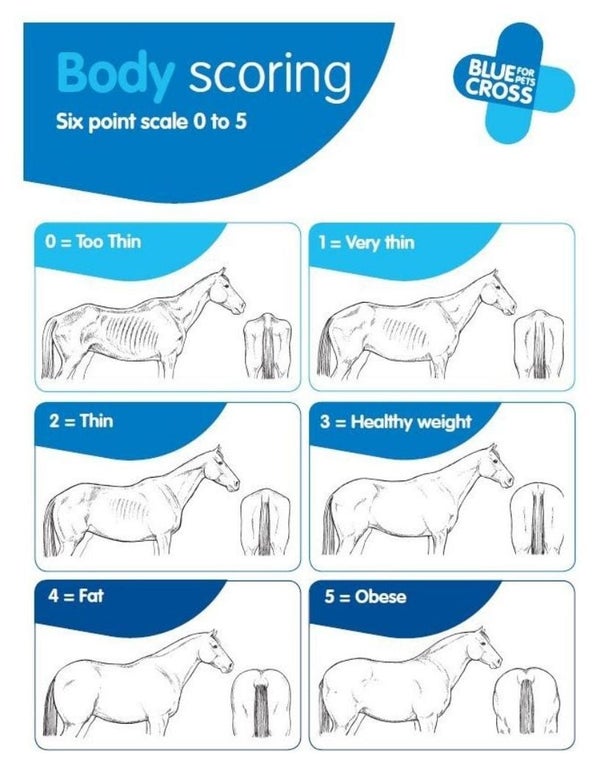
Excess body condition is unnecessary and undesirable, raising concerns for the long-term health and well-being of the individual, particularly if the animal is subject to excessive fluctuations in weight or remains in a fat condition long term. It can take several months to return to a normal weight and good body condition. Fat deposits laid down for some time, and those which are hard to the touch are the most difficult to shift.
Weight gain is often exacerbated in “resting” horses (companions, retired or otherwise out of work) as a result of the lack of appropriate exercise (which is not adequately provided by free-ranging on good pasture) combined with an ad hoc intake of forage required for maintenance. Also, remember that seasonal changes in pasture conditions can occur ahead of a change in management practices.
All weight loss programmes should be undertaken in conjunction with veterinary advice and be appropriate to an individual horse. Any possible underlying conditions for unexplained weight gain should be considered and ruled out before commencing a programme. Horses suffering from laminitis should be treated and managed under veterinary supervision.
Weight gain occurs if a horse’s nutritional intake is greater than the physical energy demand. Therefore, in order to lose weight, the nutritional intake must reduce and/or the physical energy demands increase. A balanced approach to exercise and diet is essential. Veterinary advice should be sought to rule out any health factors that could be causing or contributing to a weight gain problem, and to seek advice on a suitable weight management programme.
Weight loss must be gradual as serious health risks can arise from weight loss that is incorrectly managed. A horse must never be put onto a starvation diet, but the diet must be amended and balanced with increased physical activity. Ideally, horses should be fed one to one and a half per cent of their normal healthy (target) body weight during the weight loss period. This is slightly below the normal maintenance level of approximately two to two and a half per cent of desired body weight. The horse should be restricted to a corral area where it has freedom of movement and ready access to fresh water and shelter. The ration should be high-fibre based, of clean, moderate nutritional value hay, which may be combined with a proportion of feed-quality straw to bulk it out. This ration should be subdivided into frequent small feeds and offered in several piles to encourage the horse to move around, emulating foraging. Small mesh hay nets increase consumption time and may be hung at a low level to allow a more natural “grazing” head carriage. Salt or mineral blocks should be available, but preferably not molassed varieties.
Where appropriate, to ensure the individual’s mental well-being, a horse may be permitted a limited daily period of access to sparse pasture, or normal pasture with a grazing muzzle. These must be fitted correctly and worn only for a limited period – a high degree of supervision is recommended.
As part of the ration calculation, any time spent grazing must be considered as part of the nutritional intake and the “fed” ration amended accordingly. However, this can be difficult to determine accurately and may have an impact on the effectiveness of the weight loss programme.
Appropriate exercise is essential for all horses, but levels of activity must increase gradually without stressing an unfit horse. For a sound and otherwise healthy horse, exercise is one of the best means of assisting weight loss and improving physical health and fitness. If the horse is physically capable of working, then regular exercise should form an active part of the weight loss programme.
A horse can be exercised in-hand, ridden or loose. Exercising a horse daily in two shorter sessions rather than one long session helps increase the benefits without straining the animal, and also maintains interest and variety throughout the day. As a horse’s recovery time following activity improves, so can the intensity and duration of exercise in the subsequent sessions.

Once a horse has returned to a good, healthy condition, it essential to take measures to ensure that the desired weight and condition are maintained and future weight gain avoided. Adopt a sensible management regime that ensures a horse has a suitable balanced diet with plenty of fibre and appropriate exercise.
Prevention is better than cure, and the aim of management should be to prevent weight gain at its first signs by adapting the management regime rather than having to take more dramatic action once an animal has reached an excessive weight.
If you own a horse, pony, donkey or mule then don't forget to take part in our National Equine Health Survery (NEHS). This survey aims to spot trends so that we can see the main problems affecting our equine friends in an effort to prevent them. We want the survey to truly represent British horses and ponies, and we can only do that with your help.
The next survey will take place during 18th-24th May 2014. If you would like to be a part of the next survey you can register here. As an added incentive, a number of prizes are on offer for some lucky entrants.


